- Culture
- Architecture
A former public market, transformed into a center for culture and collective memory that pays homage to the 1714 Siege of Barcelona.
Metro: L1 (Red) - Arc de Triomf
L4 (Yellow) - Jaume I & Barceloneta
Renfe (Railway) - Arc de Triomf
The Born Cultural Center is located in a former city market, rebuilt into a center for culture and collective memory, through which visitors can learn what Barcelona was like in 1714, before losing the War of Spanish Succession in the Siege of Barcelona. It’s an essential stop for anyone interested in understanding the history of the city, and discovering the past through three different angles. The first is through the physical space itself; the building’s construction in 1876 marked the first use of steel in Barcelona’s urban architecture, and therefore represents the city’s rapid rise as a burgeoning European metropolis throughout the 19th century. Upon completion, the market was soon followed by many similar noteworthy public markets, like those of Sant Antoni, Barceloneta, Concepció, or Hostafrancs. Beyond simply formalizing and reimagining the network of public marketplaces in the city, these works essentially defined the region’s distinctive architectural style in the latter half of the 1800s, profiting from the artistic tradition of ironwork, which reached its artistic peak in the 17th and 18th centuries.
The Born Market was in operation for a total of 95 years, split into two phases: the first, during which it was the market of the Ribera neighborhood, and a second period, starting in 1921, when it served as Barcelona’s central marketplace. It retained this position until 1971, when it closed to give way to the new Central Market in the Sant Ramón section of Les Corts.
As a cultural space, the Born Center has managed to carefully preserve an archeological site, showing homes in this area of the Ribera from 1700, when residences were demolished after the fall of the city in order to make room for a military citadel by which to defend the territory. It’s also a center of collective memory in which visitors can find a permanent exhibit that sheds light on the events of the War of Succession and the Siege of 1714, as well as the lasting consequences that these events had on Barcelona and on all of Catalonia. But the Center is much more than just a historical site or a lens onto the past. It’s also a multifunctional public space with a wide array of forward-thinking programming including book readings, theatrical and musical performances, and much more. All told, the Center is a historic site, a living monument, a vibrant venue for 21st century arts, and an official city landmark; in other words, a place well worth a visit.


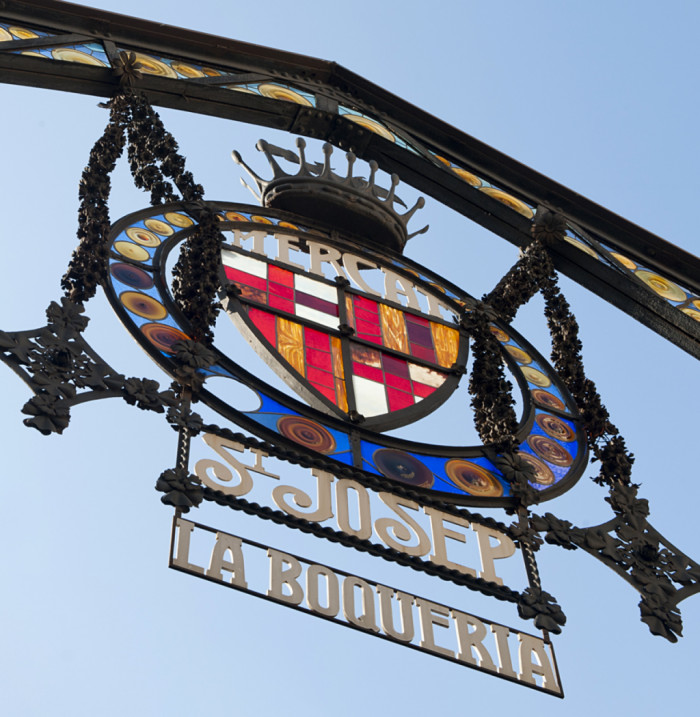

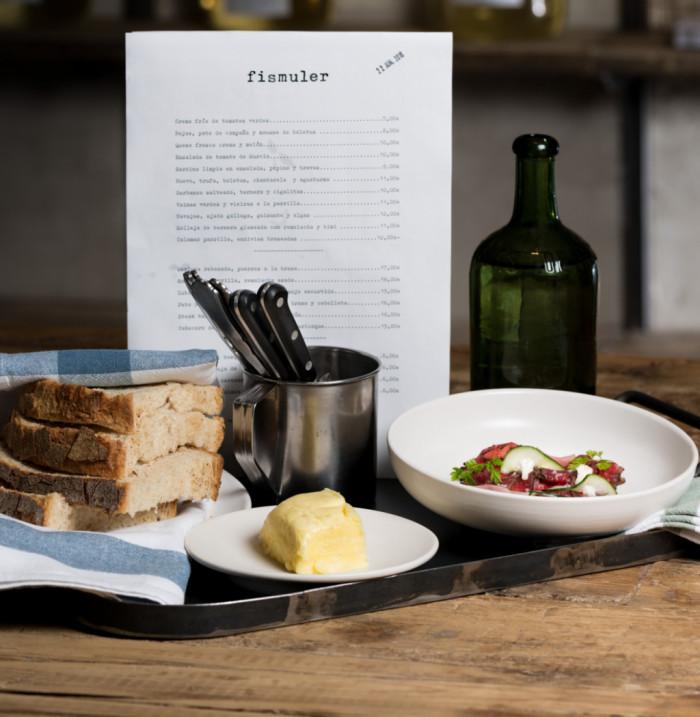

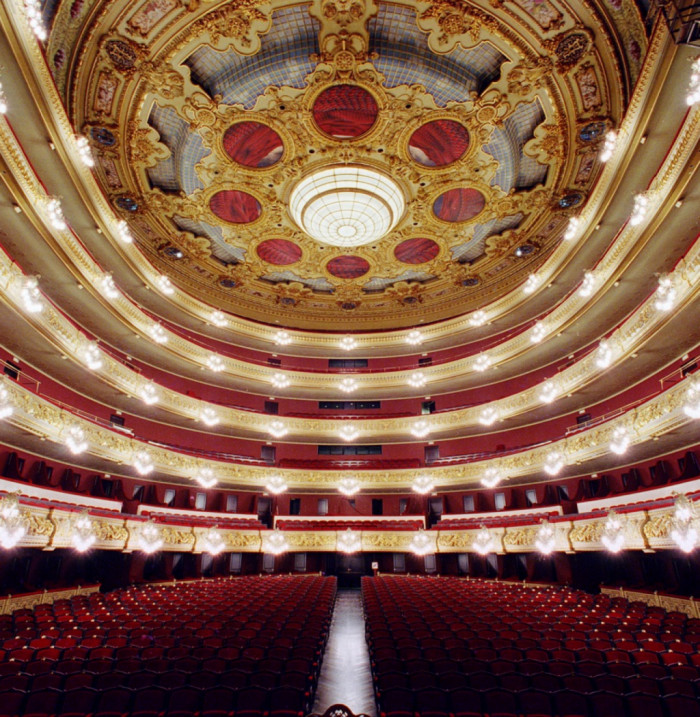
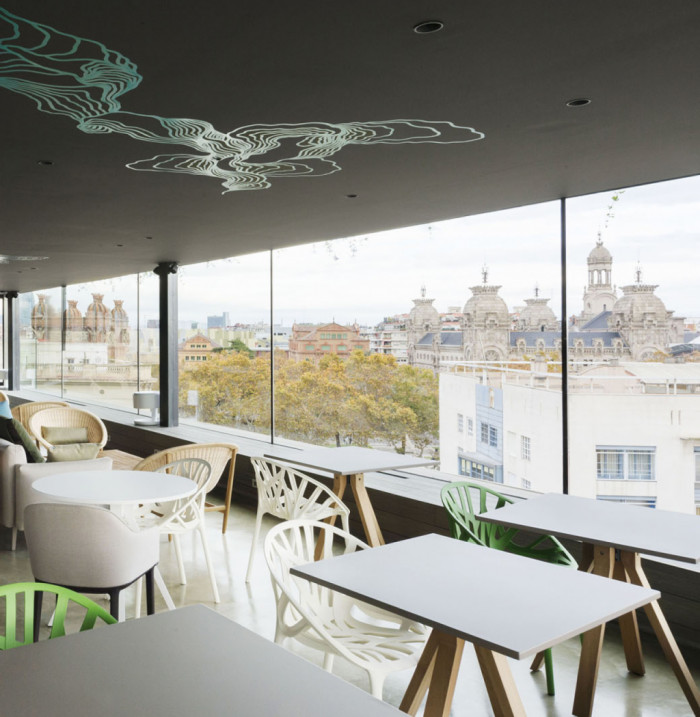
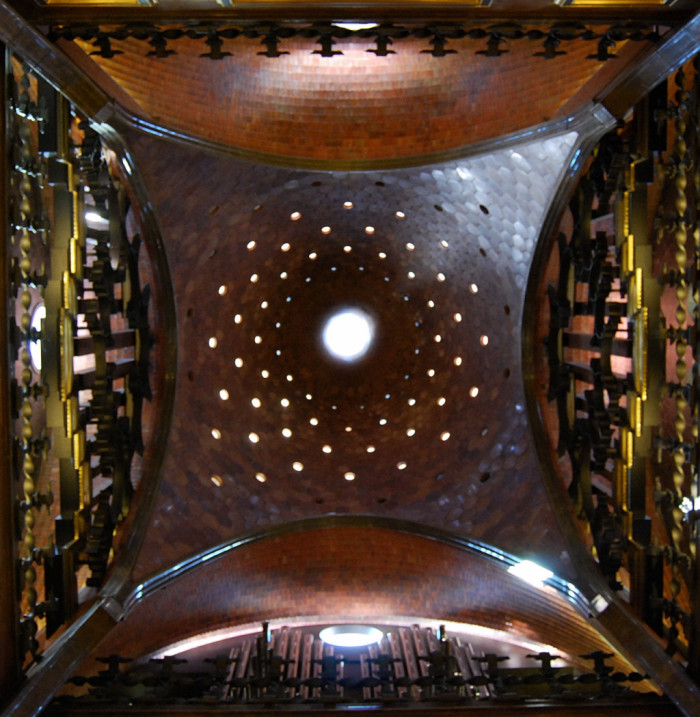
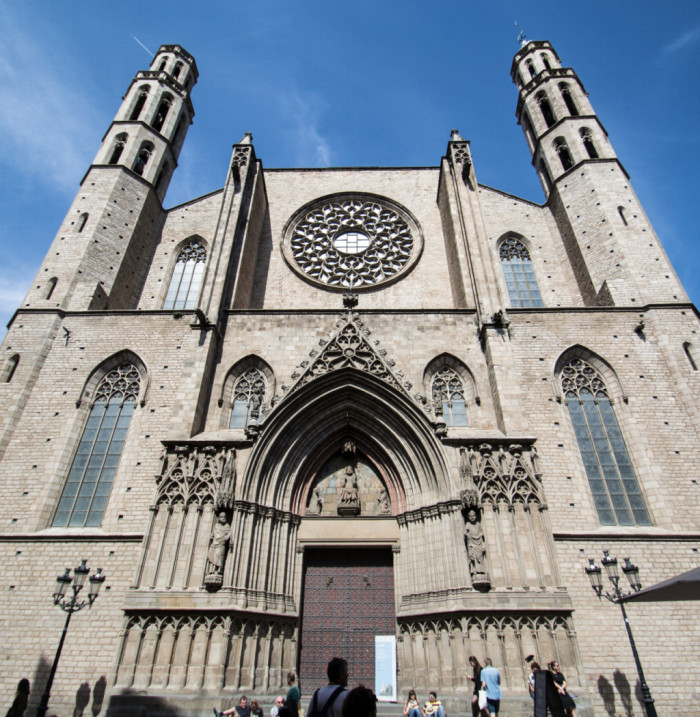
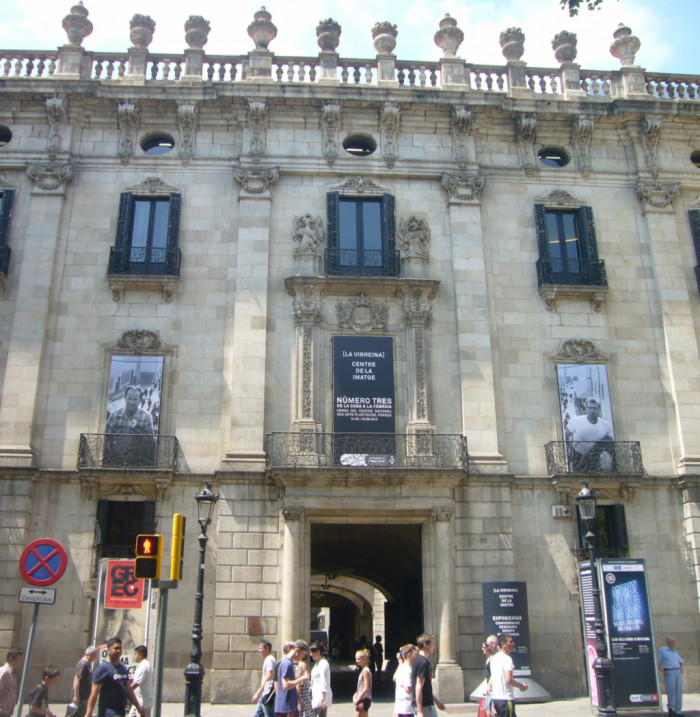
Wow! To see the old city they are excavating right now below the market. It’s amazing. And free right now. Definitely don’t miss this. With an app and historical readings in English. Would not have missed it.